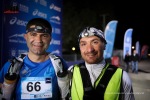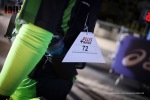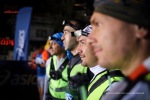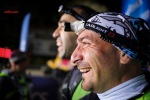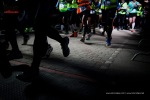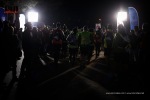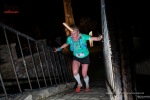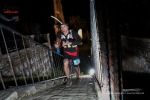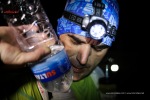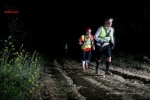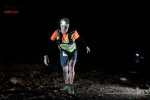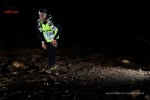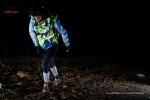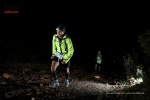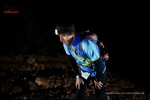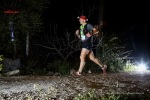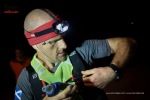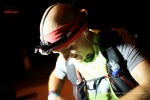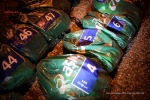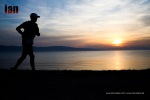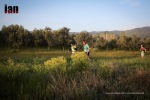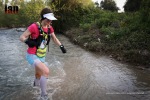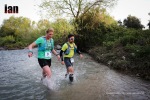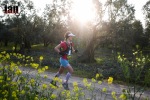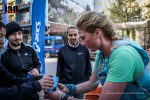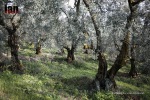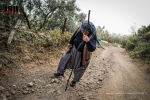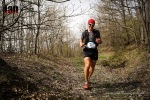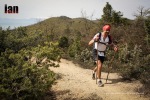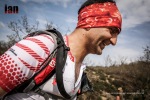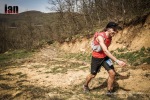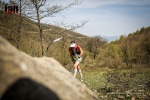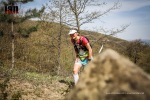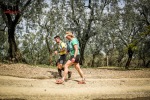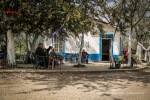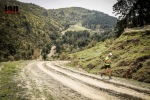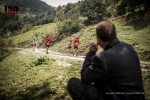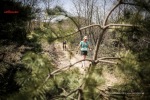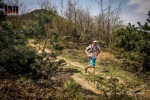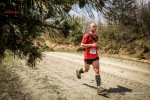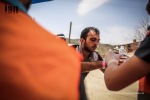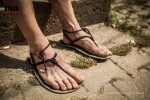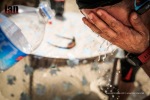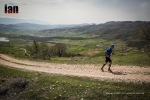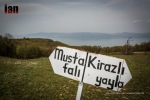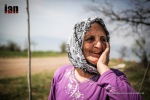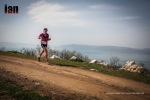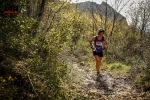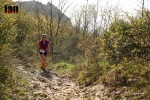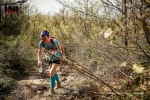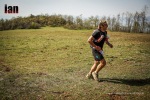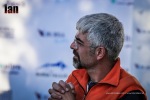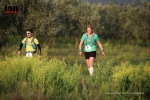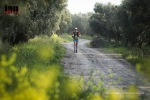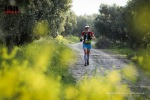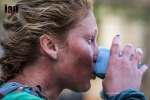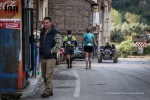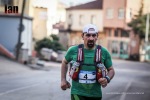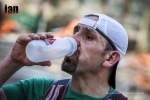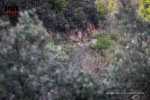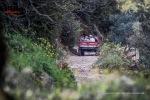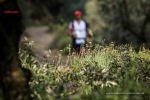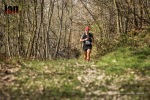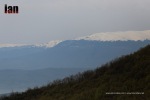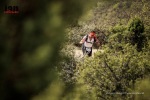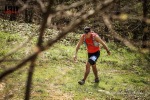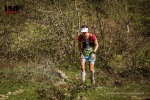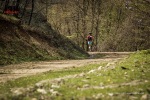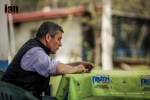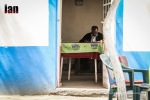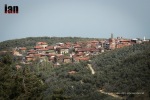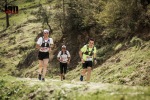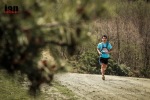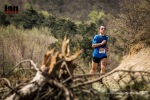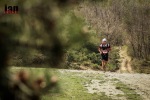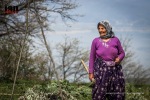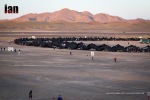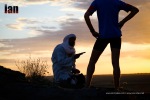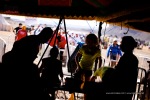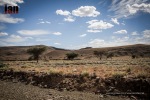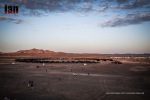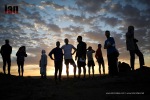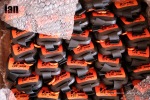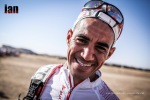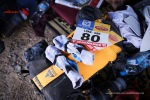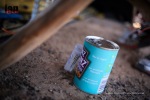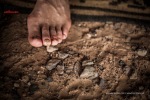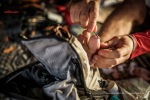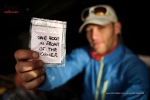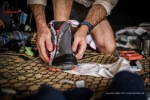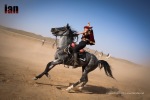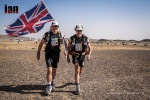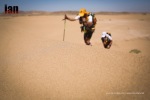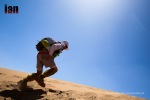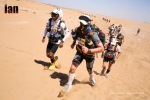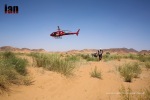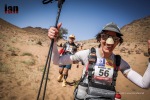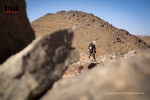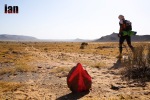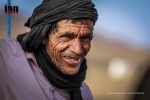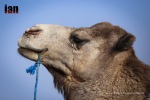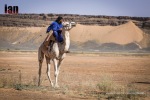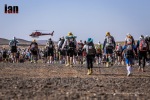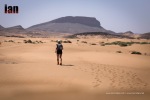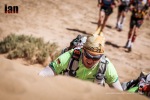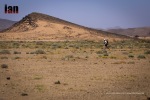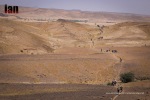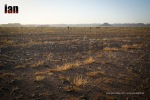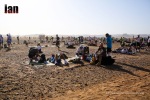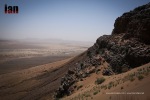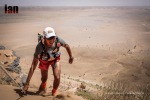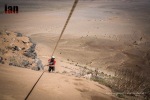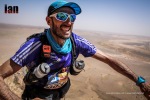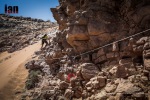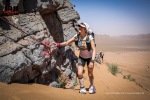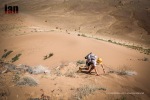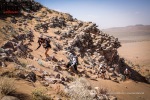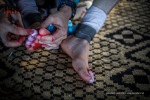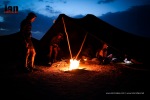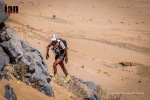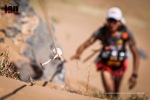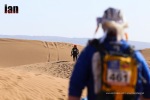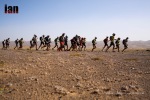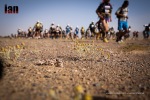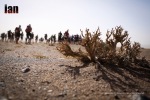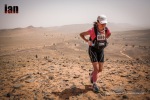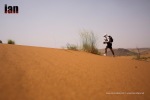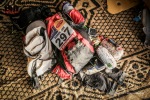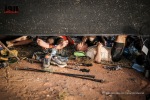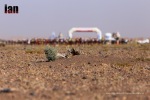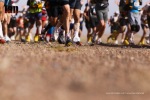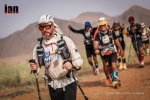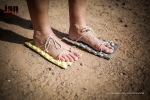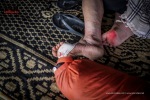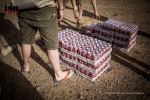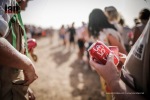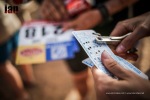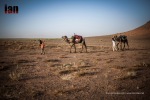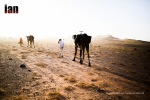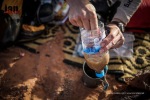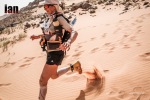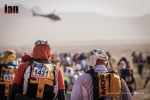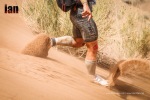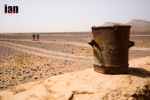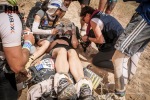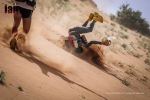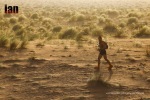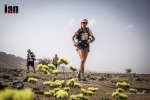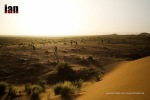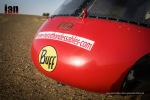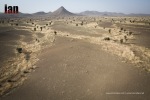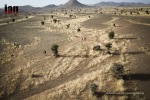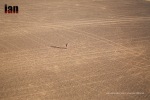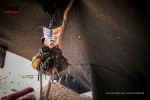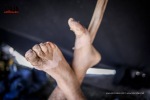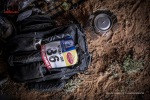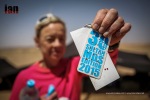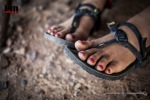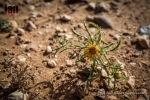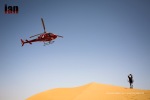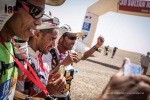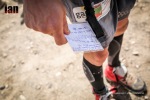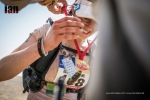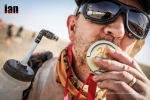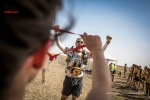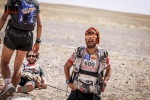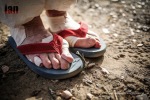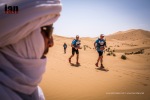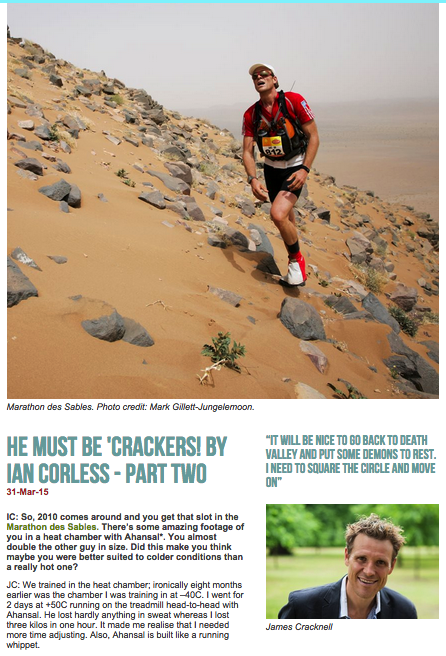Your body needs fluids for various functions. Body cells and tissues are filled with fluid, the nervous system requires fluid and the fluid component of your blood (known as plasma) is also affected by your drinking habits. Exercise leads to a loss of body fluids via sweating and breathing and this loss of fluid can eventually lead to what is commonly termed dehydration.
What happens when we drink?
When you put fluids into your stomach, they pass through the stomach wall into your blood vessels and effectively become plasma. As your blood stream can pretty much reach any part of your body, any tissue or any cell, this fluid can be transferred from the blood stream into the tissues or cells.
How does fluid actually pass from one place to another?
To get the fluid from your stomach into your blood stream or from your blood stream into tissue cells requires a process termed ‘osmosis’. Salt acts like a magnet drawing fluid towards it and the concentration of salt in your blood and tissues  determines the shift of fluid around your body. When you take a drink of water it reaches your stomach and waits to pass through the wall into your blood stream. Your blood is saltier than the water in your stomach and due to the higher level of salt in the blood, the water is drawn from the stomach, through the wall and into the blood. This water effectively becomes blood plasma and travels around your body. If it finds muscle tissue, which has a higher salt concentration, the ‘magnetic’ pull of the salt within the muscle will draw the fluid from the blood into the muscle.
determines the shift of fluid around your body. When you take a drink of water it reaches your stomach and waits to pass through the wall into your blood stream. Your blood is saltier than the water in your stomach and due to the higher level of salt in the blood, the water is drawn from the stomach, through the wall and into the blood. This water effectively becomes blood plasma and travels around your body. If it finds muscle tissue, which has a higher salt concentration, the ‘magnetic’ pull of the salt within the muscle will draw the fluid from the blood into the muscle.
In simple terms, when something is dehydrated, it becomes salty. By becoming salty it’s magnetic or ‘osmotic’ pull increases in power and it attracts water towards it. That’s how fluid shift and hydration works within the body, that’s ‘osmosis’.
So how much should I drink?
Most guides will recommend somewhere between 1 – 1.5 litres per hour depending upon individual sweat rates, but it is unlikely that this amount can actually be absorbed when you are exercising. As each litre of fluid weight 1kg in weight, it is possible to calculate (very roughly) fluid loss by taking weight before and after and this will give you an estimation of how much you need to drink. This is a relatively simple process, go and ride or run for a couple of hours at the same intensity as your upcoming event and wear the same clothing etc. Weigh yourself before you go out, weigh yourself when you get back and then note how much fluid you drank. For example:
Weight beforehand: 80kg
Weight afterwards: 78.4kg
Weight lost: 1.6kg
Drink taken: 500ml (500g/0.5kg) – add this on
Actual weight lost: 2.1kg
*You should also take into account urination, if you stop for a pee during the session, that should be added to the loss!
Drinking too much is worse that not drinking enough:
For many years marathon runners were encourage to drink at every aid station and the key phrase was often “don’t wait until you’re thirsty, it’s too late then!” Unfortunately a few of those people died as a consequence due to a condition known as ‘hyponatremia’, which is excessive dilution of body salts. There needs to be some common sense applied to hydration. Your body tells you when you need fluid by making you feel thirsty and then you should drink however much you’ve lost. Your body operates very much like a water tank with an overflow system. Once the tank is full, any further fluid will be dispensed with by a visit to the toilet! It’s correct to say that urinating frequently and especially if the urine is clear, is not a sign of optimal hydration, it’s a sign you’re drinking too much.
Hyponatremia can be explained in this simple manner:
Take 1 medium sized bucket and add a teaspoon of salt and a pint of water to create a salt solution. Add another pint of pure water to the same bucket and you have now diluted the salt solution (it’s a bit weaker). Add another pint of pure water to the same bucket and dilute the salt even further. Keep going until the salt solution is so weak you can hardly even taste the salt. We said earlier in this article that salt acts like a magnet and attracts water towards it:
‘When you take a drink of water it reaches your stomach and waits to pass through the wall into your blood stream. Your blood is saltier than the water in your stomach and due to the higher level of salt in the blood, the water is drawn from the stomach, through the wall and into the blood’
What if you added so much water to your body that the blood wasn’t salty at all, it was diluted so much that it lost all its pulling power?
Salt intake:
Salt intake is a big question for many athletes and the basic guidelines tend to be relatively poor. Some people sweat more than others and the weather conditions will obviously have a large bearing upon both sweat and salt loss, but let’s examine the basics. Each litre of sweat contains 2.5-3.5g of salt depending upon the individual and how well acclimatised you are to hot conditions. IMPORTANT: Salt and sodium are 2 completely different things and we are interested in SODIUM’ and not ‘SALT’. Salt is 2 parts sodium and 3 parts chloride, so 2.5g of salt = 1g sodium / 1.5g chloride.
As a simple example, a tea spoon of salt = 6 grams. The 6 grams is made up of 2.4g sodium and 3.6g chloride.
Let’s presume that you are going to sweat 1 litre every hour (you need to do the calculation from taking weight before and after) and you sweat 2.5g SALT each litre, that means you sweat 1g SODIUM every hour.
Ok, so you’re sweating 2.5g SALT and 1g SODIUM every hour, so a tea spoon of salt (6 grams as explained above) would be enough for somewhere between 2 – 2.5 hours. Most sports drinks don’t have that much salt / sodium in them, so unless you take this into account, it’s likely in a long distance endurance event, your sodium levels will drop. The body does adapt by reducing the loss of sodium (it’s thins your sweat by reducing salt/sodium), but in hot conditions, your sodium intake needs to be addressed.
Remember the isotonic issue:
We said in last week’s blog that fluid intake is important when you are eating food, to ensure that the solution in your stomach is not too concentrated. For this reason, you need to consider fluid and food intake together. If you calculate that you are sweating 1 litre per hour and your planned intake of carbohydrate is 60g per hour, then that ‘technically’ gives you a 6% solution (1000ml / 60g = 6%). The timing of you fluid should be influenced by food intake, for example, if you eat half an energy bar, take fluid with it to dilute the solution. If you missed last week’s blog (part 4) which discussed carbohydrate solutions, click the nutrition link on the left hand blog menu and you’ll find it there.
Practical application of hydration strategies:
- If you’re urinating frequently and it’s clear, you may be drinking too much.
- Bloated stomach is one of the first signs of hyponatremia, coupled with vomiting liquid. Headaches are also a common symptom.
- Use electrolyte tablets in hot weather, but understand that hyponatremia is generated by too much fluid, as opposed to not enough salt. You should also check your energy bars or gels as many of them have salts included.
- Use thirst and urine colour as indicators of hydration status. Very dark, infrequent urine is a sign of dehydration.
- Weigh yourself before and after exercise as a simple guide to fluid loss, each litre of water weight 1kg, each millilitre weighs 1g.
- Try to incorporate food or energy intake as part of your hydration strategy and consider solution strength (isotonic)
- If you suffer from bloated stomach due to hyponatremia, don’t take more water, take more salt
- People with hyponatremia often don’t urinate, don’t confuse this with dehydration
– Marc
About Marc:
Sports Science lecturer for 10 years at St Helens HE College.
2004 established The Endurance Coach LTD sports science and coaching business. Worked with British Cycling as physiology support 2008-2008. Previous Triathlon England Regional Academy Head Coach, North West.
In 2006 established Epic Events Management LTD. Now one of the largest event companies in the NW, organising a range of triathlon, swimming and cycling events. EPIC EVENTS also encompasses Montane Trail 26 and Petzl Night Runner events.
In 2010 established Montane Lakeland 50 & 100 LTD. This has now become the UKs leading ultra distance trail running event.
In 2010 established The Endurance Store triathlon, trail running and open water swimming store. Based in Appley Bridge, Wigan, we are the North West’s community store, organising and supporting local athletes and local events.
Check out the endurance store HERE










